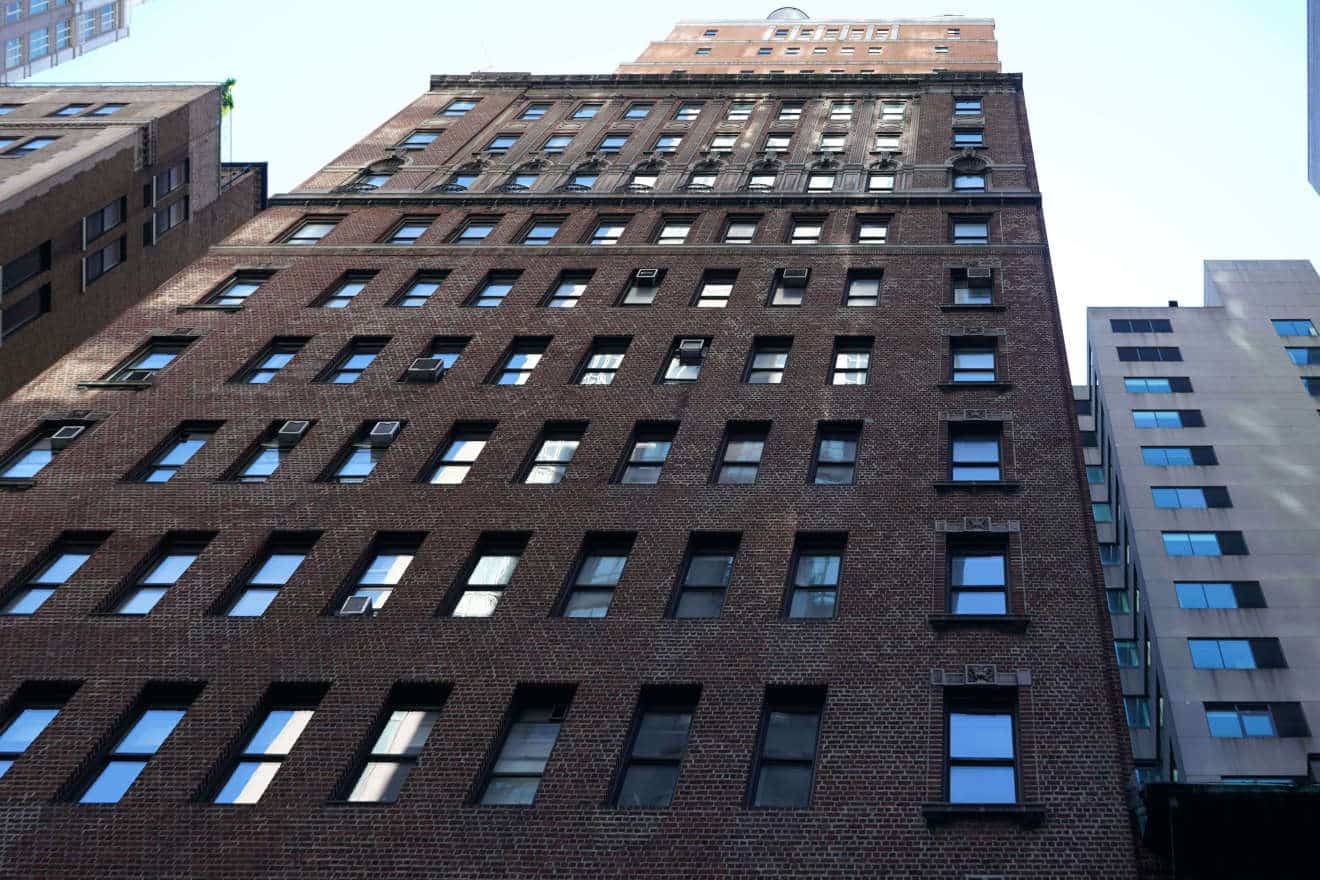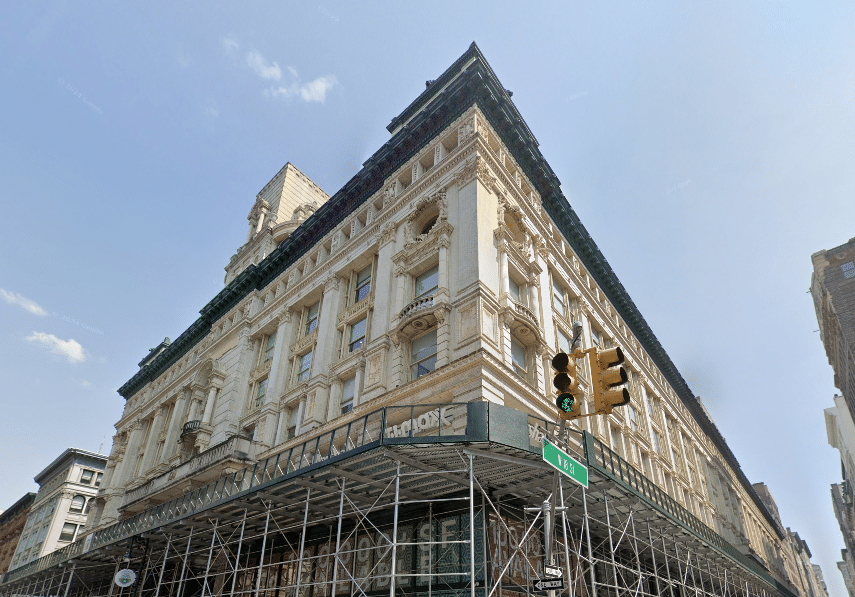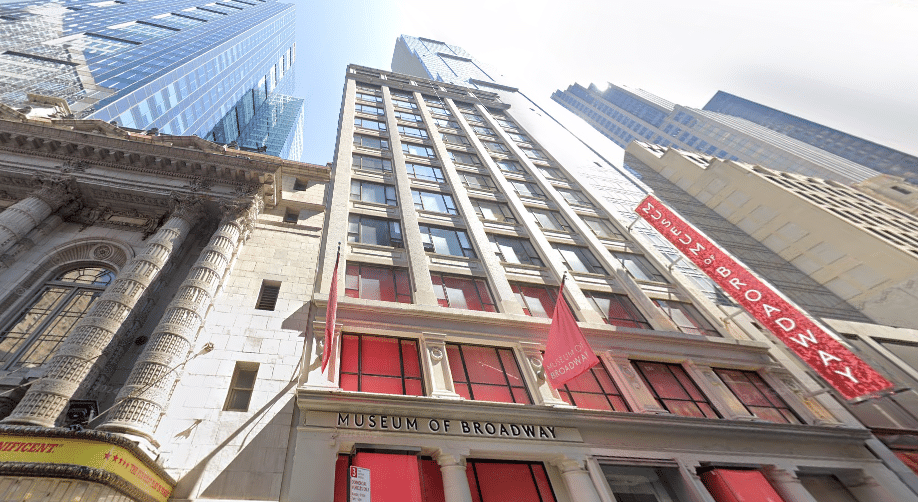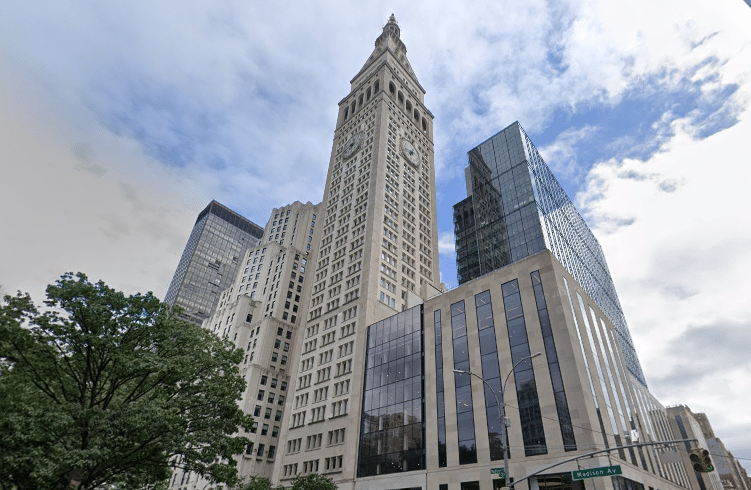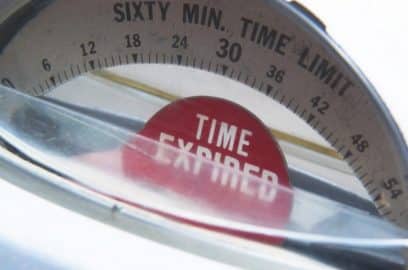Loss factor, also known as load or core factor, is a term specific to the commercial real estate industry that is not too difficult to explain. While unusual for many, once explained it makes sense to most. The terminology, while not limited to the New York City commercial real estate market, differs from the loss factor meaning throughout the rest of the country. Let’s start from the beginning.
Rentable square footage vs. usable square footage
Typically, listings display the former, in short RSF, and not the usable square footage (USF). The difference between the two is that the former measures the entire space the tenant is leasing from the landlord–including common areas such as the lobby, corridors, restrooms, elevator vestibules, and so on, while the latter represents the measurement of the space only the tenant uses. Not all listings display both measurements and perhaps this is also the main reason why people end up disappointed and upset when going through the leasing process by themselves and not being experienced enough with the local legislation. And rightfully so, as it’s not pleasant to sign a lease for 7,000 square feet and end up using in fact only 5,000 square feet.
The loss factor represents the percentage difference between the rentable area and the usable area. The loss factor average in New York City is 27%, but can get as high as 40%. The New York City loss factor is higher than anywhere else in the country because the city relies on other standards when calculating it. While the rest of the country uses the standards set by the Building Owners and Managers Association (BOMA), which allows owners to measure out the exterior wall, in New York, calculation relies on the Real Estate Board of New York (REBNY) guidelines, and here, owners are required to measure out to the exterior facade of the building, past the window line.
Minimizing the loss factor trap
Avoiding the ubiquitous loss factor is not really possible, but avoiding its trap and the disappointment it can bring, is. It’s important you are aware of the fact that loss factor varies based on location, as well as on the property type. As such, while the average loss factor in New York City is at 27%, in New Jersey, for instance, it averages only 18%. More so, large Class A office buildings that are highly amenitized will have the highest loss factors, while retail properties will mark the lowest of all (about 5% to 10%).
The explanation lies in the share of space used for other purposes than the main one, specifically, a highly amenitized NYC office space will have less usable space because it encompasses a larger share of areas. These areas are designed to not only help employees in their daily tasks, such as quiet individual areas, private nooks, impromptu meeting areas, formal meeting spaces, project rooms, but also various break areas like lounges and coffee rooms, game rooms or meditation spaces. Moreover, the size of the office building will play a role in the percentage of loss factor – a larger building will require more elevators than a smaller one, for example. Thus the loss factor is greater in a larger building.
Taking the right measure
An architect is a good support in this case. Ask to see a building layout prepared by an architect to get a better idea of how much of the building consists of usable space and how much goes useless. This is especially true when looking at funny-shaped buildings. As with any part of the leasing commercial real estate process, a tenant broker can make a big difference in helping you get the most of your money you’re intending to spend on the office space. They might even remeasure the space to ensure the accuracy of the listing advertisement or ask the landlord to do it by using a different or updated standard.
In the video below, Metro Manhattan Principal Broker Alan Rosinsky further discusses the loss factor issue:
Are you thinking of setting up your business in a convenient location in Manhattan, and are looking to lease space in a modern building offering state-of-the-art amenities? Then reach out to us and we will show you worthwhile space situated right in the heart of New York City. To learn about available office space, call Metro Manhattan Office Space at (212) 444-2241 or email us at [email protected].






